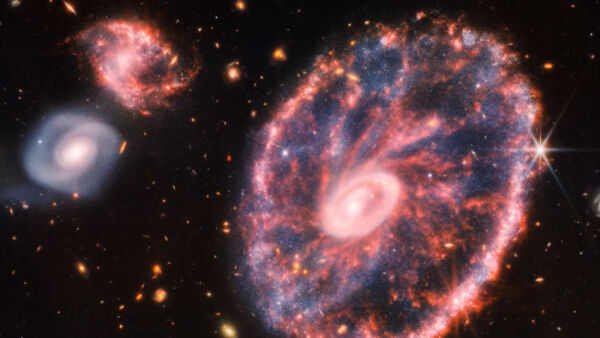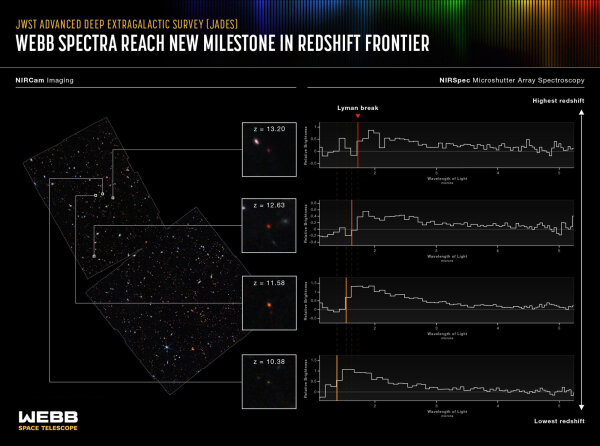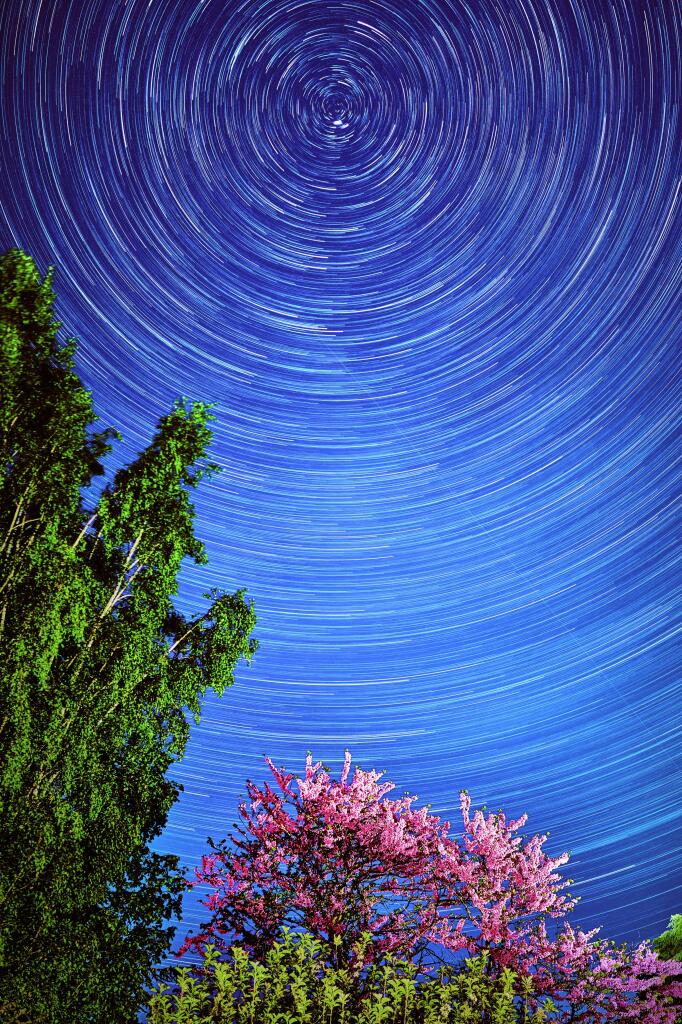Search
Items tagged with: universe
Canon EOS R7 + RF 28mm F2.8 STM.
28mm, f2.8, 10 exposures of 600’’.
#canon #canoneosr7 #eosr7 #astro #astrophoto #astrophotos #astrophotography #astrophotographer #spacephotography #astronomy #spaceexploration #nasa #universe #space #deepsky #deepspace #star #stars #startrail #startrails
TROM II: How Mindblowing it is - https://videos.trom.tf/w/nXfbyGrxEVdiuYt2ERWwo9
We are the Universe pondering about its own existence. How sad is it that we've created a society that denies people of this privilege...
#universe #trom #trom2 #tromsite #society #evolution

TROM II: How Mindblowing it is
Watch the entire documentary here - https://www.tromsite.com/documentaries/trom2/videos.trom.tf
Credit: NASA, ESA, and F. Summers
Source: https://svs.gsfc.nasa.gov/30686
#Astronomy #Space #Universe #AltText4Me
The light from these galaxies has taken more than 13.4 billion years to reach us implying they existed 400 million years after the big bang, when the #universe was only 2% of its current age.
These galaxies are extremely faint because of their great distance from us. Astronomers can now explore their properties, thanks to JWST's exquisite sensitivity.
#astronomy #cosmology
https://phys.org/news/2022-12-nasa-webb-milestone-quest-distant.html

NASA's Webb reaches new milestone in quest for distant galaxies
An international team of astronomers has used data from NASA's James Webb Space Telescope to report the discovery of the earliest galaxies confirmed to date. The light from these galaxies has taken more than 13.Science X staff (Phys.org)
#DeepThoughts #universe #fediverse





